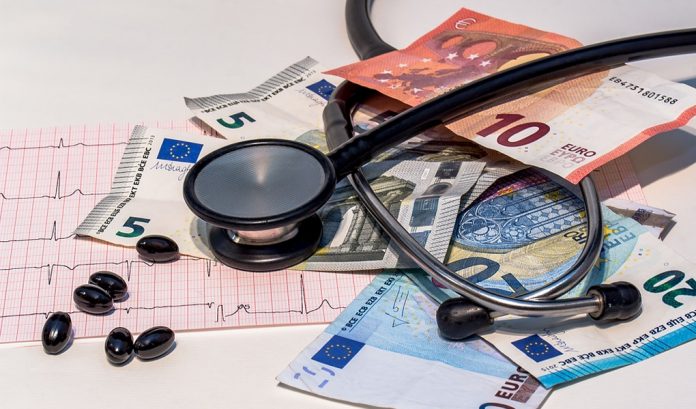
Would you want to pay US$93,000 per year for an anti-cancer drug for prostate cancer that can lengthen your life by just another 4 months? The drug is called Provenge by the Dendreon Corporation when it was launched in 2010; it was hailed as a new therapy for “incurable” prostate cancer sufferers.
Without Medicare or medical insurance, it’s almost beyond the reach of most prostate cancer patients, at least in the Philippines.
Let me rattle a few more brands.
In the US, the average monthly cost for most anti-cancer drugs is about US$5,000. The Revlimid pill, it is manufactured by the Celgene Corporation for multiple myeloma. Its a type of blood cancer which costs as much as US$10,000 a month. So does Avastin by Genentech which treats various cancers like lung and colon cancer.
And how about Genentech’s Tarceva which treats pancreatic cancer? Tarceva costs US$4,000 a month and is said to lengthen the patient’s life by 12 days (when combined with chemotherapy per month).
Neither of these drugs promises as much as a “remission”. They promise a lot more costs which your average Medicare insurance can only pay for — if you have one!
Why are the prices of anti-cancer drugs so high?
They always say big pharmaceutical companies credit the high cost of research and development (R&D) for the high costs of cancer drugs. Big pharmaceutical companies reportedly spend US$50 billion in research and development combined in 2008. Plus, each drug is reportedly estimated to cost US$1.2-1.3 billion in cash outlays before approved.
I sincerely believe that despite the supposed “high cost of R&D” of anti-cancer drugs, the cost of research is not as high as it is reported. A 2012 study by The Mayo Clinic about “The High Cost of Cancer Drugs and What We Can Do About It” says (and I quote verbatim; highlights mine):
“Although we believe that physicians seldom treat patients who do not need treatment, the system does create a financial incentive to not only administer chemotherapy but to also potentially choose a more expensive drug when there is a choice for a cheaper alternative.”
It means that the Big Pharma Industry, in true form, is making money out of all of us. Especially to a cancer patient who has to bear the brunt of cancer treatment costs, which can go up as high as US$100,000 a year (in the US)!
What can we do to Lower the Costs of Cancer Treatment?
What about investing in alternative, nature-based cancer treatments? They’re much cheaper and sometimes, more effective with less the damaging side effects of conventional cancer treatments.
Don’t you think it’s about time Big Pharma invests also in alternative therapies like naturopathy, acupuncture, homeopathy and herbal concoctions? Big Pharma should also be investing heavily in “Integrative Medicine” research. Similar to the Samueli couple’s, US$200 million donation to the UCI Medical School last month. This is for a new building that will house the Integrative Medicine research fellowships and student training in this discipline.
https://doctorfarrah.com/wp-content/uploads/2017/11/table.jpg
So how about it – do you agree that there should be more serious, evidence-based research on alternative cancer treatments and Integrative Medicine? Share your opinions in the comments below!
Image by Myriams-Fotos / CC BY 2.0
Copyright 2024, DoctorFarrah.com








